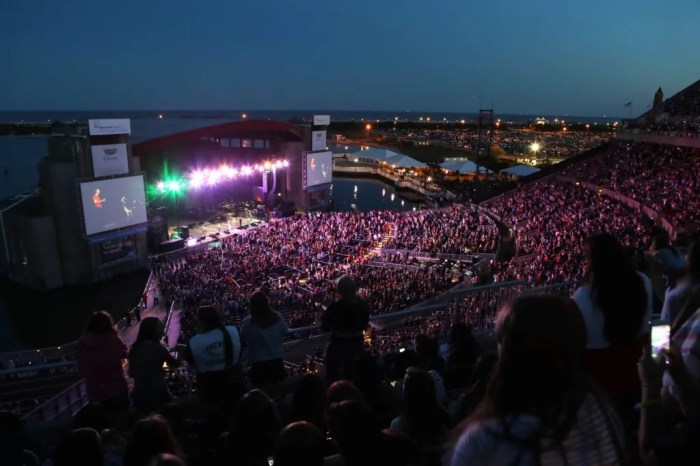The Shape returns to form

On Halloween night in the sleepy suburban town of Haddonfield, IL, in 1963, 6-year-old Michael Myers stabbed his older sister Judith to death with a kitchen knife. The young Myers was taken to the Smith’s Grove Sanitarium where he was placed under the psychiatric care of Dr. Sam Loomis until he escaped, found a creepy white mask and decided to go home again.
What followed was a Halloween night killing spree in 1978, when Myers brutally murdered four people and two dogs in his hometown while stalking all-American girl Laurie Strode, his supposed sister and town babysitter. Strode, with the help of a coat hanger, knitting needle and some well-placed gunshots from Dr. Loomis, survived that night—but they quickly learned that it takes far more than a few bullets to kill the Boogeyman.
And thus surmises the events of the original Halloween, John Carpenter’s classic slasher flick that defined a genre and beget seven sequels, a 2007 reboot (which had a sequel of its own in 2009) and numerous imitators, including the Friday the 13th and A Nightmare on Elm Street franchises. Now, Michael Myers—or, “The Shape” as he came to be known—returns to Haddonfield 40 years later with an all-new Halloween timeline, picking up four decades after the events of the 1978 original while pretending the aforementioned sequels and reboots never happened.

In the film, which was released Oct. 19, Jamie Lee Curtis returns to the role of Laurie Strode, as she continues to deal with the trauma of that fateful Halloween night all those years ago and readies herself for a showdown with Michael. Though she did return for two of the previous sequels, Curtis said this new iteration was an opportunity to mark a fresh path for her character—who had spent her entire life preparing for the return of the monster in the white mask.
“It’s its own movie with a complete history linked to the past,” said Curtis. “Yet, it’s in its own story 40 years later. The two movies, side by side, are perfect bookends and complements—telling the same story with new generations in the same simple, clear, iconic way that Halloween was and continues to be.”
The new vision comes from the creative team of director David Gordon Green, writer Jeff Fradley, writer/producer Danny McBride and producer Jason Blum of Blumhouse Productions, among others. None other than the godfather of horror himself, John Carpenter, returns as executive producer to help breathe new life into the characters he created in 1978 with Debra Hill.
The legendary filmmaker said the biggest change with the 2018 version, outside of the creative sphere, is the budget, which far surpasses the original effort when shoestring was the name of the game—and saw Carpenter being as frugal as possible, even down to the iconic score, which Carpenter himself composed in a pinch.
“The distributor asked me to make this film for 200,000 bucks, and I said, ‘Sure I can. I just want creative control and my name above the credits,’” said Carpenter, as he reflected on his creation and why audiences continue to be terrified by this embodiment of fear. “Michael Myers, with his mask and his gas-station attendant’s uniform, is a character who is between a human being and the supernatural.”
The lore of Michael Myers has reached mythical proportions—and with the gore-soaked buzz being produced by this latest adaption, you can bet The Shape will return to take a stab at a new collection of victims.
“He is the ultimate force of evil. He is ruthless, and there’s no reasoning or praying to God to save you,” said Carpenter. “He has a single purpose and that’s to kill you. Michael Myers
is a relentless force of nature. He’s just coming, and you got to get out of his way.”


































